Five Pointers For First Time Long Course Training
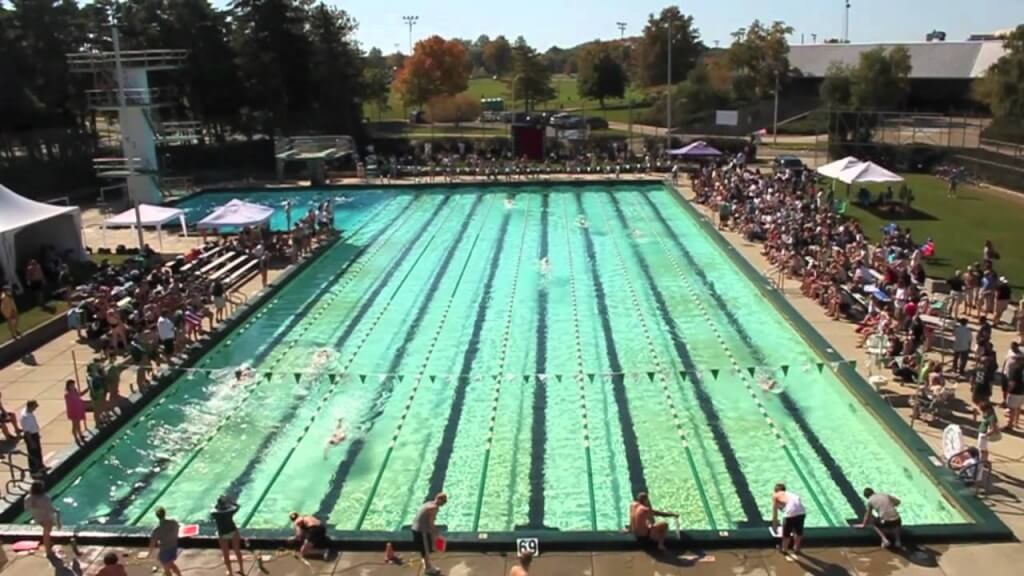
By Grace Nordquist, Swimming World College Intern.
Maybe you went on training trip with your team this winter break and had to adjust to a new pool. Training in a different pool in a new environment can often create challenges. Perhaps this break you experienced one of the biggest adjustments to a swimmer’s environment – training in a long course pool.
Training in a long course (meter) pool compared to a short course (yard) pool is quite the difference. As a swimmer, I’m sure you can remember your first time making the switch. If you have yet to experience this, here are some pointers for the first time you do.
It Really Does Feel LONG
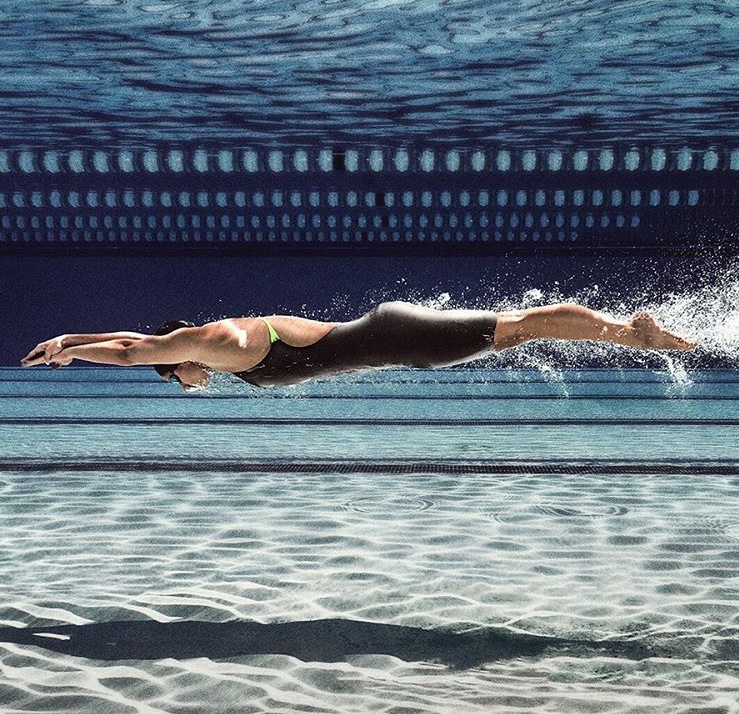
It’s no secret that “long” course is indeed longer. If you’re used to training in a 25 yard pool, one length is down and back. The first time you swim in a long course pool, it’s going to feel so long because down and back constitutes 100 meters rather than 50 yards.
Halfway down is when your body normally has a turn and thus some rest from the strain of the stroke you’ve been training. Now, without that turn, it feels like your body hits a wall…actually no, it’s like your body wishes it hit a wall.
With that, take advantage of when you do get a wall. Use those under-waters to give your arms a break and try to not miss the wall. Swimming all that way just to miss a turn is so much more frustrating when you’re swimming long course.
Kicking Is A Must
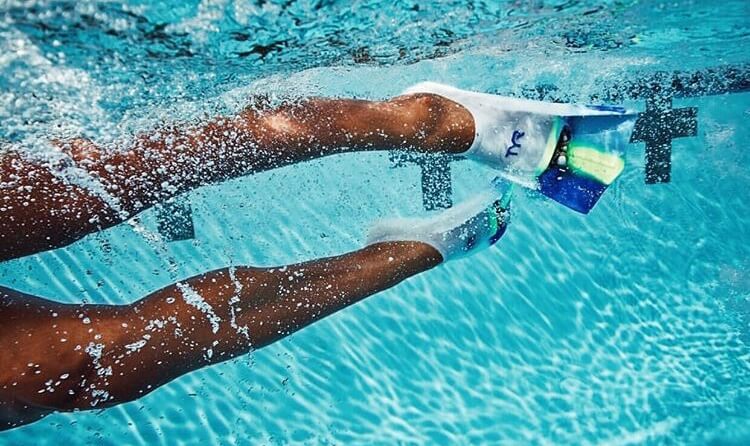
If you’re one of the swimmers who has a weaker kick or tends to rely on your arms more, good luck. You’ll quickly realize you need your kick to get you through the extra-long length. In fact, when you feel your body starting to slow down a little past where you would normally turn or finish, try and focus on keeping a strong kick.
This strong kick will help you from dying in a set. Just like in short course, when your arms are tight and are failing you – kick harder. Some things may be different, but this rule stays the same when making the transition from short to long course.
False Alarms
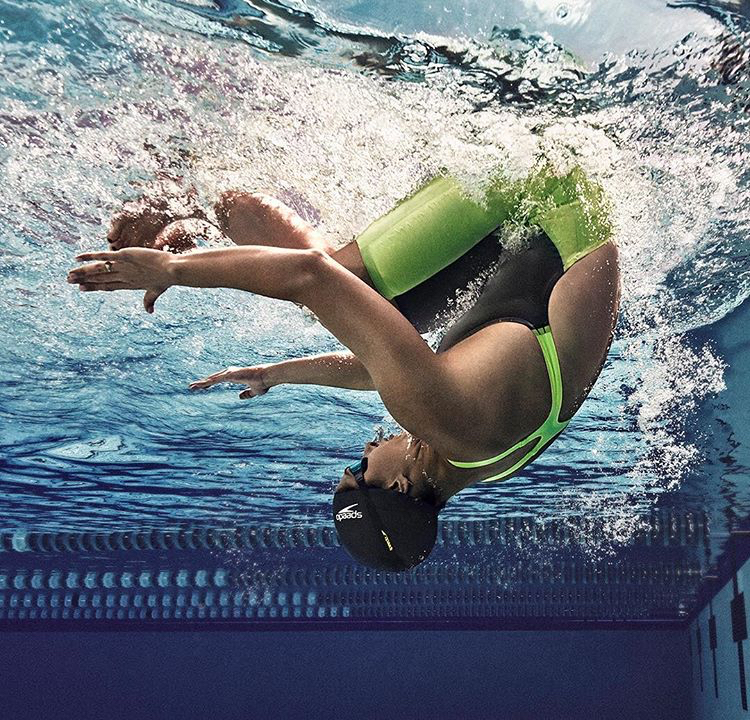
One of the saddest parts in long course is when you think you’re at the “T,” but really, it’s just another mark from the yard pool lanes crossing over. This will mess with your head when you look up and still can’t see the “T” and thought you were so close.
A tip for helping with this is to find a landmark outside of the pool that you see when you breathe or one on the bottom of the pool while you’re swimming. If you’re doing backstroke, assuming the pool has flags, you know the wall is coming. If you’re doing a different stroke, a window or vent on the bottom of the pool that’s located right before or at the “T” can help to orient yourself. Whether you think of it as, “Oh my gosh that land mark is so far away,” or “Okay I’m almost to my mark, I can make it” is up to you.
Different Sets and Times
Sprinters who may be used to swimming 25s will have a slight adjustment. You could still only be swimming down, but now it’s going to be double the length. This goes for 75s, 125s and so on for any odd number of distance. Maybe your coach will have you do some breakouts to halfway (25) in the pool, but it’s easier for the sets to be even numbered distances.
If you’re used to doing odd numbered sets, this will be different. Whether it’s better or worse is for you to decide. But if you’re one to forget what lap you’re on, long course should help, because there are fewer to count.
With the sets being different, the intervals will change as well. If you feel like you’re swimming slow, it’s because you are – at least compared to short course. There’s a reason why you see on qualifying times 400 meters/500 yards or different columns for long and short course. Swimming in a long course yields slower times than yards. Don’t get to down on yourself when your times are much slower. It takes time to adjust, but you’ll come to learn the time conversions and then be able to focus on making your new times and intervals.
Short Course Feels Like A Breeze
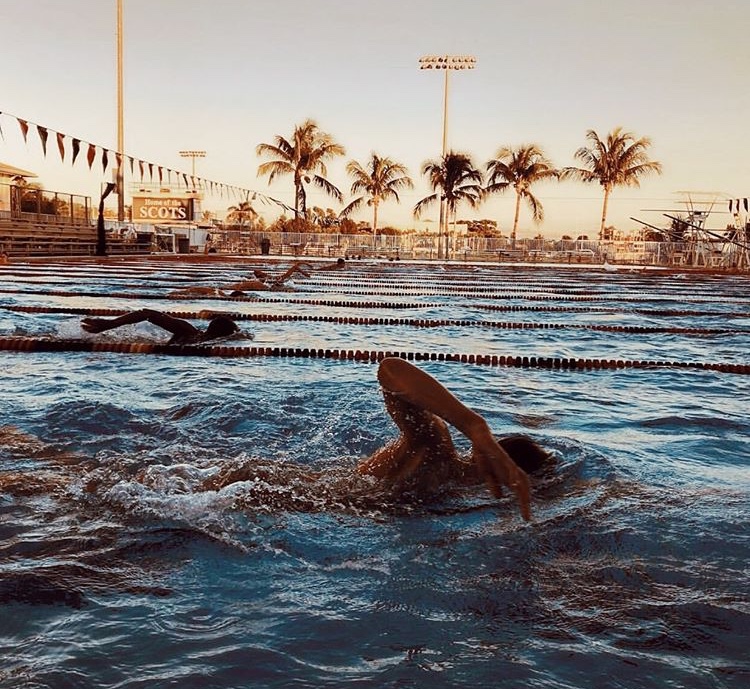
After swimming long course, going back to short course will feel nice. Mentally, with it being a shorter distance, your brain will be happy. Even if you’re still doing the same amount of swimming, the break you get on the turn makes all the difference.
Just because it’s shorter doesn’t necessarily mean its better, though. Some swimmers, especially if their turns are not very good, excel in long course. The transition from short to long course might be challenging, but once you get used to it, you may find you actually like it more.
If there’s one common theme throughout these long course training pointers, it’s to keep a positive mindset. If you tell yourself, “This is so long; this stinks,” or “I hate long course; I can’t do this,” then your long course swimming experience will not be a good one. Just like you would in a short course practice, tell yourself you can – and you will.
All commentaries are the opinion of the author and do not necessarily reflect the views of Swimming World Magazine nor its staff.



